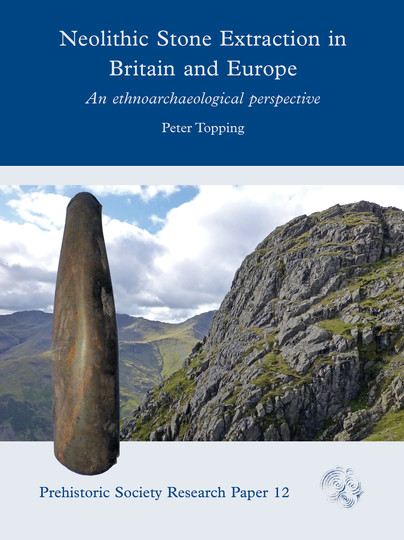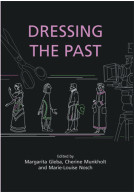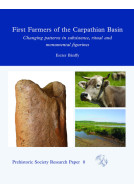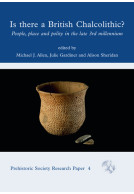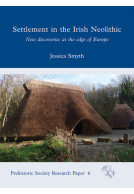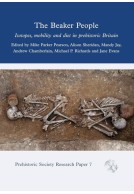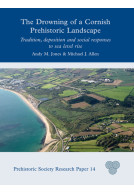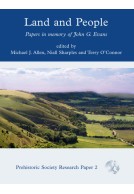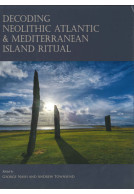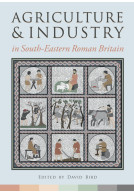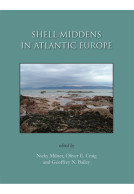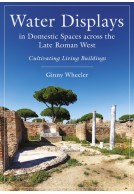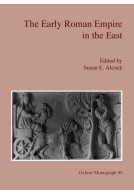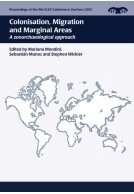Neolithic Stone Extraction in Britain and Europe (Hardback)
An Ethnoarchaeological Perspective
Imprint: Oxbow Books
Series: Prehistoric Society Research Papers
Pages: 200
Illustrations: B/w and colour
ISBN: 9781789257052
Published: 28th November 2021
Script Academic & Professional
Series: Prehistoric Society Research Papers
Pages: 200
Illustrations: B/w and colour
ISBN: 9781789257052
Published: 28th November 2021
Script Academic & Professional
You'll be £35.00 closer to your next £10.00 credit when you purchase Neolithic Stone Extraction in Britain and Europe. What's this?
+£4.99 UK Delivery or free UK delivery if order is over £40
(click here for international delivery rates)
Need a currency converter? Check XE.com for live rates
(click here for international delivery rates)
Need a currency converter? Check XE.com for live rates
This book focuses on the introduction of Neolithic extraction practices across Europe through to the Atlantic periphery of Britain and Ireland. The key research questions are when and why were these practices adopted and what role did extraction sites play in Neolithic society.
Neolithic mines and quarries have frequently been seen as fulfilling roles linked to the expansion of the Neolithic economy. However, this ignores the fact that many communities chose to selectively dig for certain types of stone in preference to others and why the products from these sites were generally deposited in special places such as wetlands. To address this question, 168 near-global ethnographic studies were analysed to identify common trends in traditional extraction practises to produce robust statistics about their motivations and material signatures. Repeated associations emerged between storied locations, the organisation of extraction practices, long-distance distribution of products, and the material evidence such activities left behind. This suggests that we can now probably identify mythologised/storied sites, seasonality, ritualised extraction, and the use-life of extraction site products.
The ethnographic model was tested against data from 223 near-global archaeological extraction sites, which confirmed a similar patterning in both material records. It was used to analyse the social context of 79 Neolithic flint mine and 51 axe quarry excavations in Britain and Ireland and to review their European origins. The evidence that emerges confirms the pivotal role played by Neolithic extraction practices in European Neolithisation and that the interaction of indigenous foragers with migrant miners/farmers was fundamental to the adoption of the new agropastoral lifestyle.
Customers who bought this title also bought...
Other titles in the series...
Other titles in Oxbow Books...







